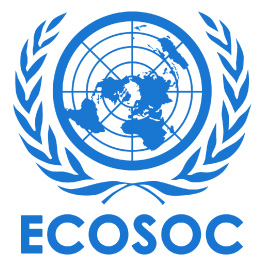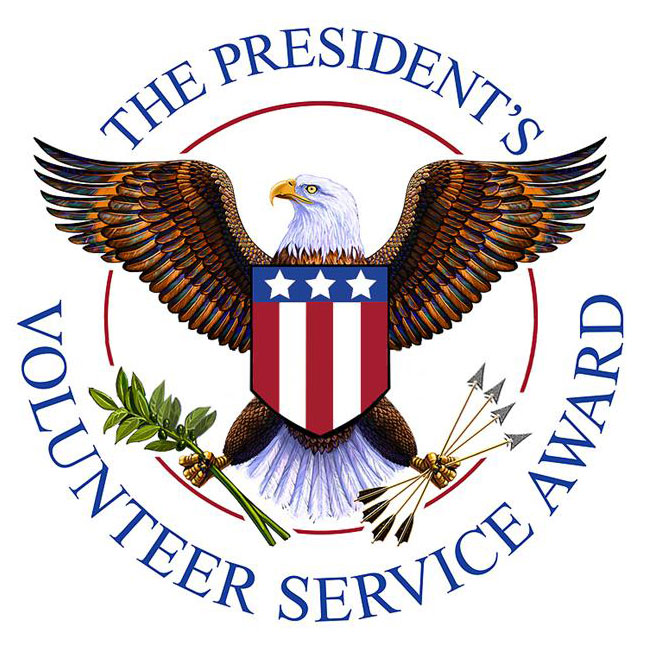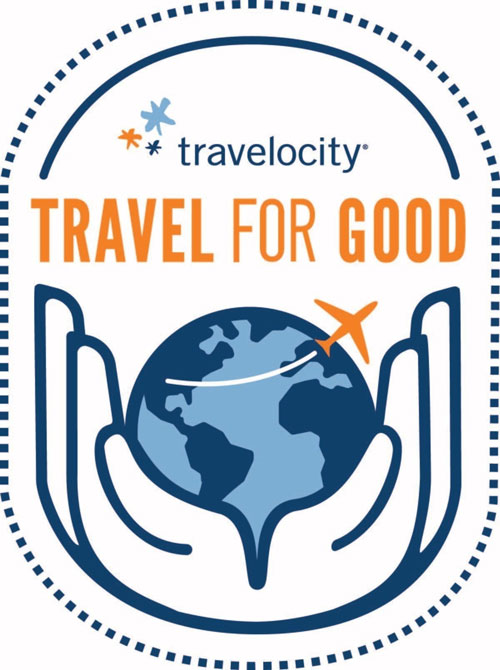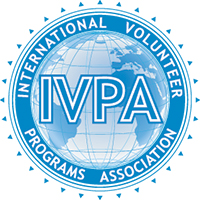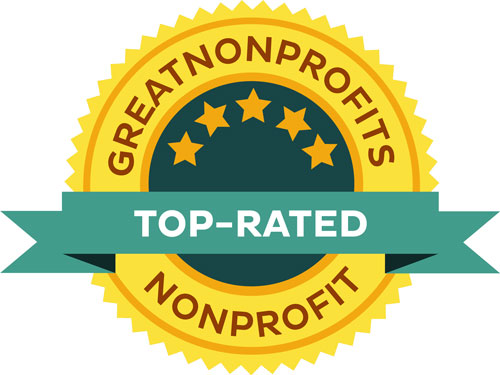Peruvian Culture – Quick Facts, Travel Hints, & Tips
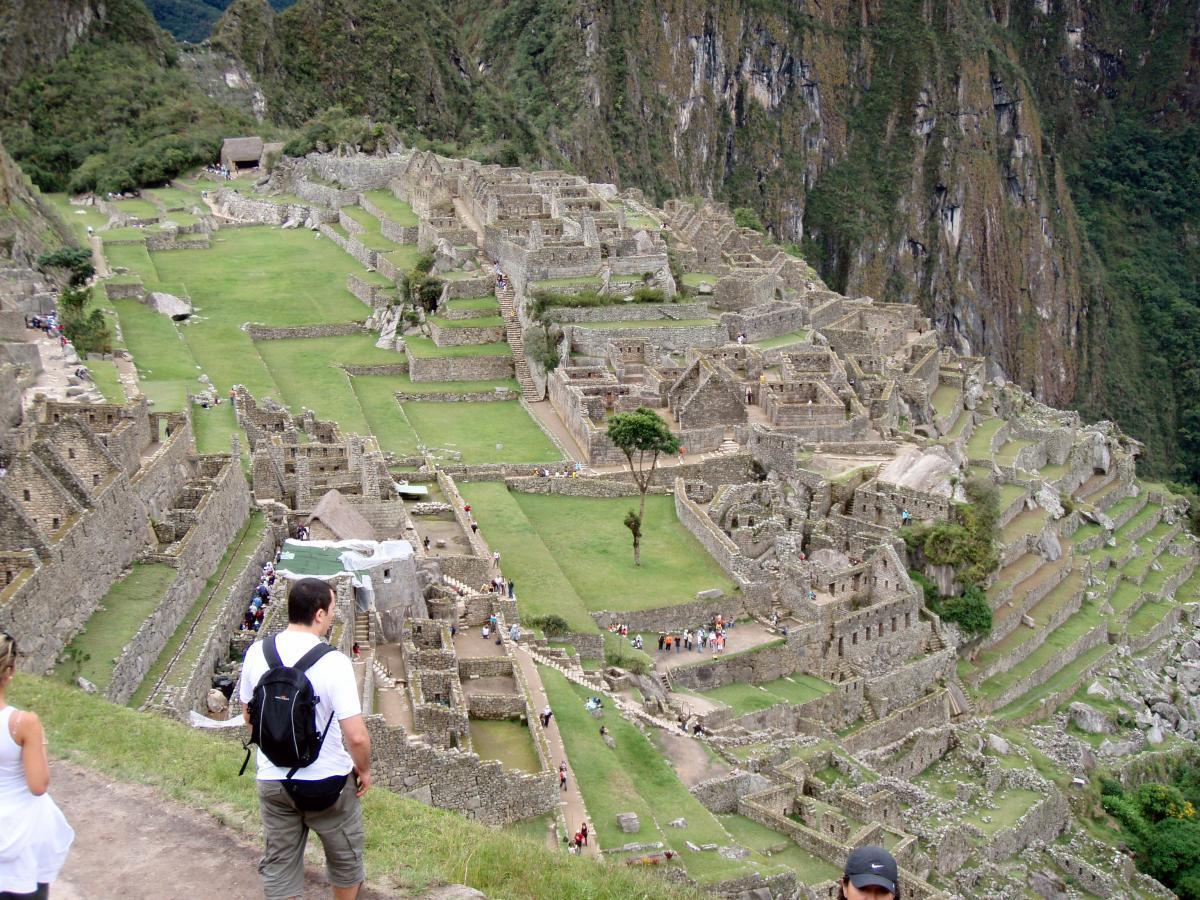
About the People
- The culture of modern Peru is born out of the interactions between the indigenous populations, Hispanic settlers, and later immigrant groups.
- This diversity, combined with the incredible geographic diversity, combine to form a country with many unique settings and communities where access to services and traditions vary widely.
- Life in the highlands and life in the city of Lima will be radically different.
- In the mid 19th century, Chinese and Japanese laborers were the backbone of Peru’s efforts to build its railways. The large immigrant population produced the first Japanese head of state outside of Japan. President Fujimori of Peru has since been brought up on war crimes and remains a sore subject for many Peruvians.
- Peruvians are accustomed to dealing with dramatically different temperatures, altitudes, and climates. In total, 28 of 32 possible world climates are represented in this relatively small Andean nation.
The Food
- Peru is home to some of the greatest diversity of crops in the world! There are around 35 varieties of corn, 15 species of tomatoes, 2,000 varieties of potato (of 3,000 total worldwide) and 2,016 varieties of sweet potatoes.
- There are several regional differences in Peruvian cuisine.
- The cuisine on the coasts is influenced by Chinese, Japanese, Moorish, African, and native traditions. It takes advantage of the extraordinary variety of fish species present in Peruvian waters.
- The food of Lima and the central coast has a more Latin influence, while still incorporating the input of immigrant populations. Popular dishes include Tamales, papas, ceviche, papa rellena, arroz con pollo, and many other dishes, of which many may sound familiar.
- Andean cuisine tends to be more hardy. Popular dishes include pachamanca (slow cooked herbs, vegetables, and pork/beef), trout dishes, or olluquito.
- Cooks in the Andean mountains cure meet through a technique of dehydrating and salting called charqui. The word “jerky” in English is derived from a quechua word describing this process!
- One of the more infamous Peruvian dishes, Cuy chactado or fried guinea pig, is a traditional Andean meal.
- Jungle cuisine in Peru is highly local. It utilizes an array of exotic fruits and local animal species, notable the paiche (one of the world’s largest fresh water fish).
- The national drink of Peru is Pisco, a kind of brandy made from grapes.
Art
- Peru before the arrival of Spanish settlers and conquistadors was one of the major artistic centers in the New World. Examples of the exquisite crafts, drawings, and architecture still survive. One of the more notable examples is Macchu Picchu.
- Colonial Peru was witness to a blend of Spanish baroque with creole and mestizo art.
Transportation
- Peru’s paved roads and highways are largely tolled. They have generally good signage and accessibility.
- The many non-paved roads that connect small cities and towns are often un-navigable close on certain days depending on the weather.
- Taxis are a great means of transport in the bigger cities. The cost usually will not exceed $5 US.
- Trains in Peru are widely used by tourists and locals and can be a very scenic means of transportation through the Andes. There are several classes of transportation depending on your budget and needs.
Education
- According to a 2000 estimate, the adult literacy rate is around 10.1%.
- Education is compulsory and free up to the secondary level. Students of public universities unable to pay tuition also attend for free.
- Primary schools teach in the native languages of Peru. Students learn Spanish and other languages at the secondary level.
- Teaching, especially at the collegiate level, is a very respected position in Peru.
Language
- The official languages of Peru is Spanish. In area where they are prevalent, other official languages include Quechua, Aymara, and other native languages.
- The native languages still widely used today are Quechua and Aymara.
- The most common language is Spanish. Spanish in Peru has three distinct dialects – Peruvian Coast Spanish, Andes Spanish, and Amazonian Spanish. The isolation and geographic diversity accentuates the differences.
- Over its history, Peru has received waves of immigrant populations whose languages are now present. Chinese and Japanese, Germans in the Andes, Hindi speakers, and most recently Arabic speakers from Palestine and Pakistan.
Economy
- Peru’s economy has long been dependent on natural resources – mining, fishing, agriculture. This has changed in recent times as light industry, service, and technology sectors take on a larger role.
- Peru’s GDP growth in 2007 was the largest in Latin America, and the growth of 9.8% in 2008 was among the largest in the world.
Religion
- 89% of Peruvians over 12 identify themselves as Catholic. 6.7% identify as Evangelicals, while 2.6% claim other denominations of Christianity.
- Only two thirds of Peruvians participate in services. Some of this is owed to the widespread distribution of churches, clergymen, and parishes who rotate among rural communities.
Music & Popular Culture
- As one might suspect, Peruvian music and popular culture has been greatly influenced by a blend of traditional Andean music and Spanish music.
- The national instrument is the charango. It is a type of mandolin invented in Bolivia by artists seeking to imitate lutes and guitars. It was thought to be an instrument of the poor until being popularized amidst the revolution in 1959.
Globe Aware has gathered more tips, hints, and facts on Peruvian culture from numerous sources in print, past volunteers and staff, and on the web. Find out more by registering today and experiencing genuine Peruvian life, from fried guinea pig to Macchu Picchu, for yourself!
